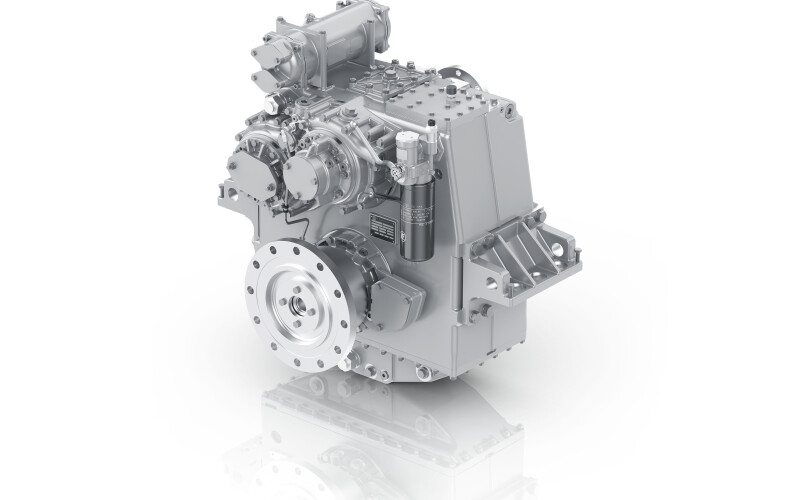German technology company ZF unveiled its new ENC series of marine transmission, the “first developed explicitly for use in purely electrically powered ships,” according to the company.
The global market for electrically powered ships is forecast to grow to $17.2 billion by 2032, from $4.33 billion in 2024. “This proves that electromobility in shipping is not a short-term trend, but – in more than one sense – a sustainable development on global waters,” according to ZF.
“With our new ENC transmission series, we now have an optimal solution in our portfolio for these applications to support the industry in its sustainable transformation,” says Wolfram Frei, sales manager for commercial and fast ships at ZF.
Designers incorporated experience from past projects, such as in Portugal where ZF previously equipped passenger ferries with electric drive solutions to cross the Tagus River with zero local emissions. At that time, it was a conventional transmission that was tailored to this requirement.
“After this successful project, our motivation was to further optimize the efficiency of battery-electric drives. This paved the way for the development of the new ENC series,” says Frei.
The ENC (“electric non-clutchable”) series was designed so the drive power of the electric motor is optimally transferred to the propellers even at high speeds and high ratios – a common scenario in electric shipping – for greater range and better economy.
Unlike conventional and hybrid transmissions, this transmission series dispenses with a hydraulically actuated multidisk clutch. As a result, the oil supply quantity can be significantly reduced, since a “peak consumer” is also eliminated by omitting the clutch.
That also permits lowering the system oil pressure, together resulting in a smaller oil pump and increased mechanical efficiency. Depending on customer requirements oil volume is supplied via an electrically operated pump or a bidirectional mechanical pump.
ZF also lowered the oil level. “This reduces churning losses, which increases efficiency,” says Frei. Thanks to the smaller pump, the lower oil level and further structural optimizations, the ENC transmission weighs considerably less – up to 10% compared to similar solutions, depending on the version. Another development focus was on the acoustic properties to meet the special requirements of electric motors. The ENC therefore stands apart with its outstanding NVH behavior.
The ENC series can be combined with all maritime ZF drive solutions, from the ZF 2000 to the ZF 9000. It thus covers a power range from 650 kW to 3,900 kW. It is suitable for all installation configurations (A/V, U, Z), center distances, attachments, transmission ranges as well as for fixed propellers, variable pitch propellers and waterjet drives.
“This provides shipbuilders with optimum flexibility in the design of the vehicles,” said Frei, who says the company has inquiries from Portugal, Scandinavia and the U.S. “The ENC is therefore ideally suited to electrify the operation of commercial vessels such as ferries, tugs, supply boats or river cruise ships on short routes.”




